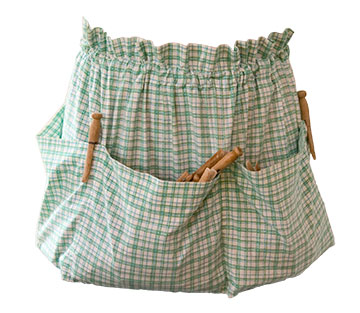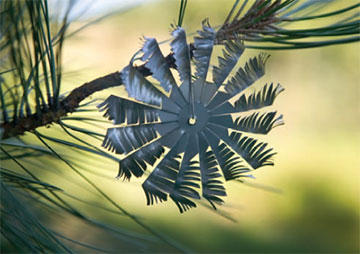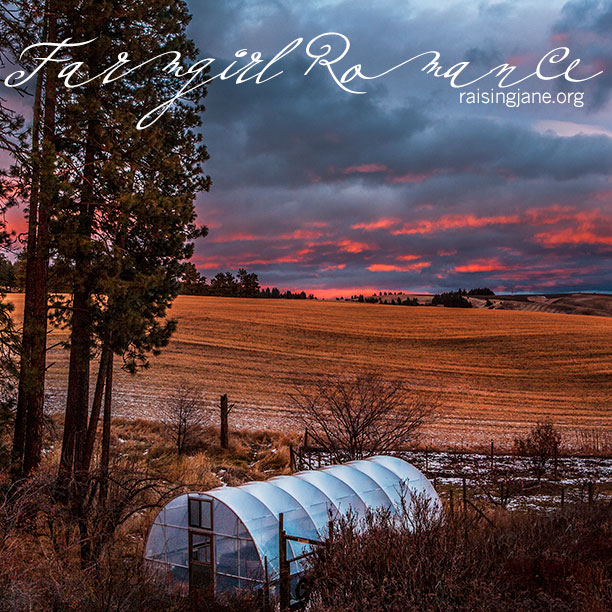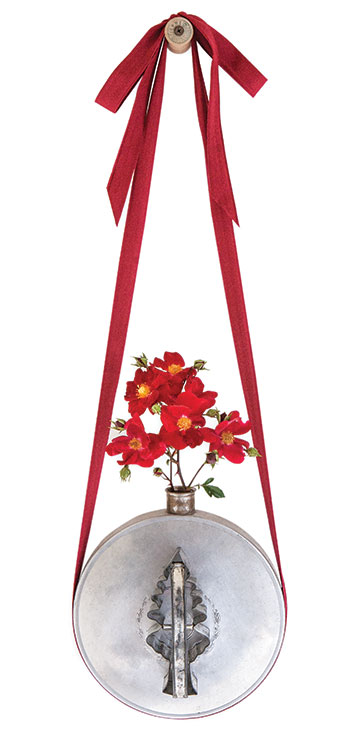If you farm in the Midwest, you may be able to help monarch butterflies next year and get paid in the process.
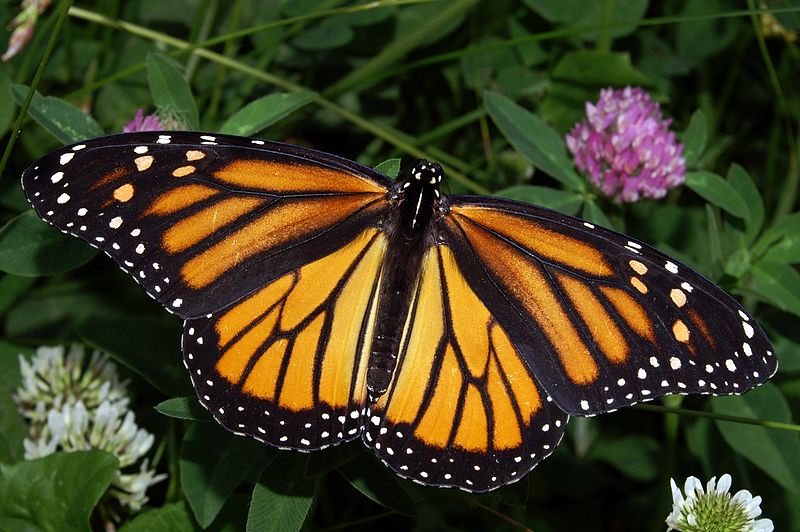
Photo by Kenneth Dwain Harrelson via Wikimedia Commons
Monarchs make their way to the United States in the summertime, and in recent years, these ecologically important (and oh-so-pretty) pollinators are having trouble surviving the season due to a lack of food.
Seems strange, especially during the summer months, when green things abound, but one of the monarchs’ main food sources is the native flowering milkweed plant, and it is rapidly disappearing in the wake of herbicides.
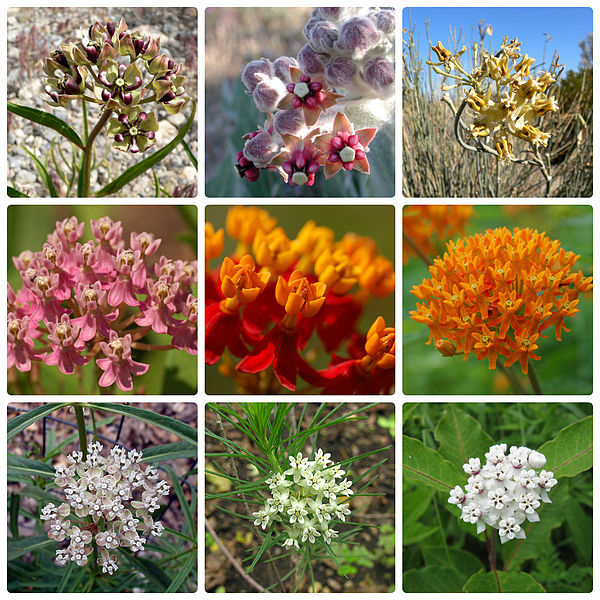
Photo collage by Pixeltoo via Wikimedia Commons
The USDA Natural Resources Conservation Service is taking action to target milkweed restoration and management on private farms and ranches in 10 states that provide critical habitat for monarchs (Illinois, Indiana, Iowa, Kansas, Minnesota, Missouri, Ohio, Oklahoma, Texas, and Wisconsin).
“We’re focusing efforts in the southern Great Plains and Midwest—two regions at the heart of the monarch’s migration,” announced the USDA last month. “In the southern Great Plains, our work will focus on rangelands and ways to improve the health of pastures so they provide good forage for livestock and food for monarchs. In the Midwest, we’re focusing on integrating plantings into croplands and making improvements to wetland areas.”
As with its other cost-share programs, the NRCS will offer financial assistance, incentives, and technical guidance to landowners whose property meets the specifications for monarch habitat establishment and/or improvement. The agency’s goal is to partner with farmers and ranchers “to voluntarily establish habitat for the monarch on working lands while ensuring America’s farms and ranches stay productive.”
Pollinators, as we know, are a vital factor in that equation.
If you’d like to get a jump on establishing healthy monarch habitat this spring, get in touch with your local USDA service center for details.




















































 On the fourth day of Christmas, a farmgirl sent to me:
On the fourth day of Christmas, a farmgirl sent to me: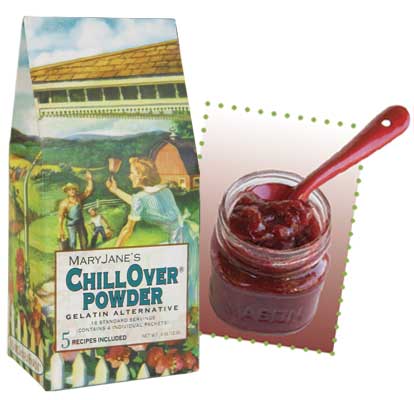 On the fifth day of Christmas, a farmgirl sent to me:
On the fifth day of Christmas, a farmgirl sent to me:




